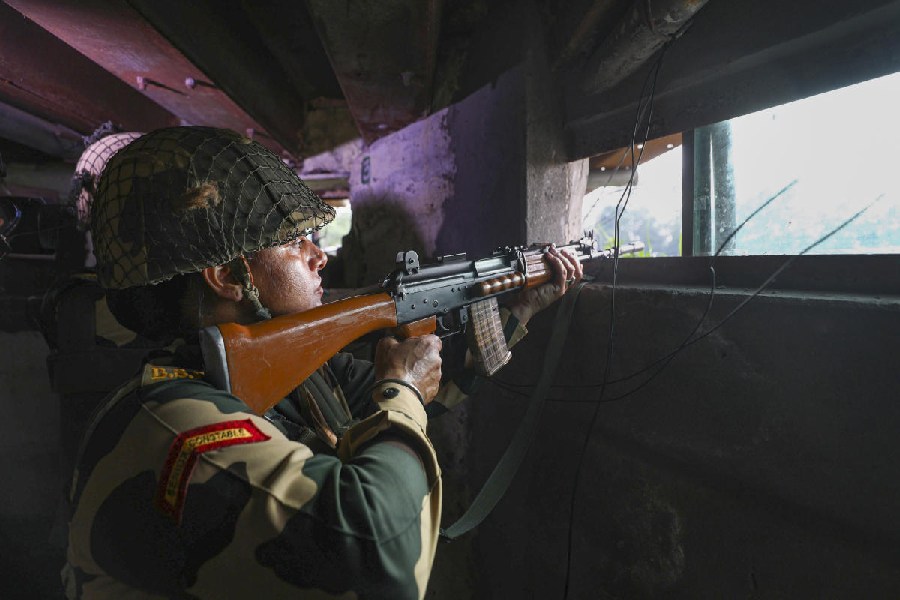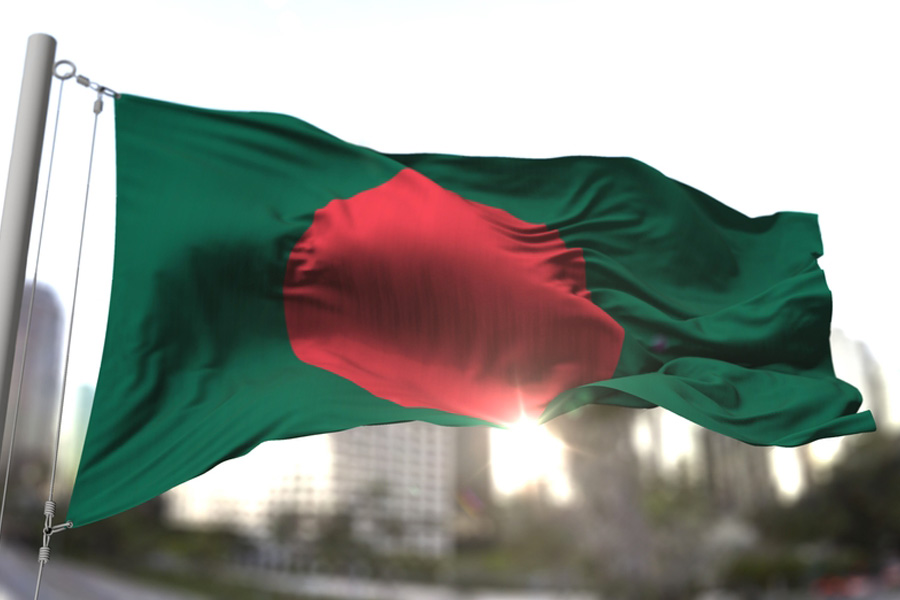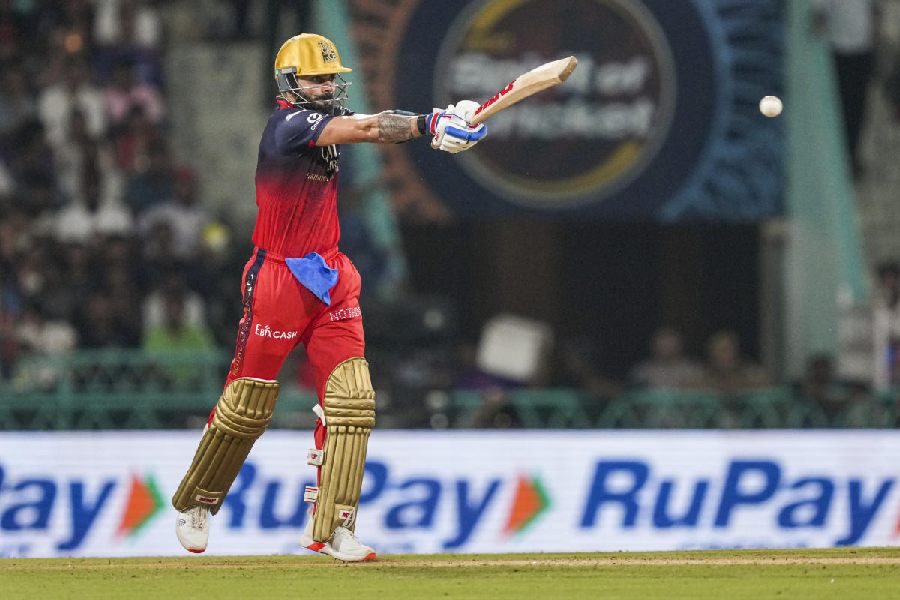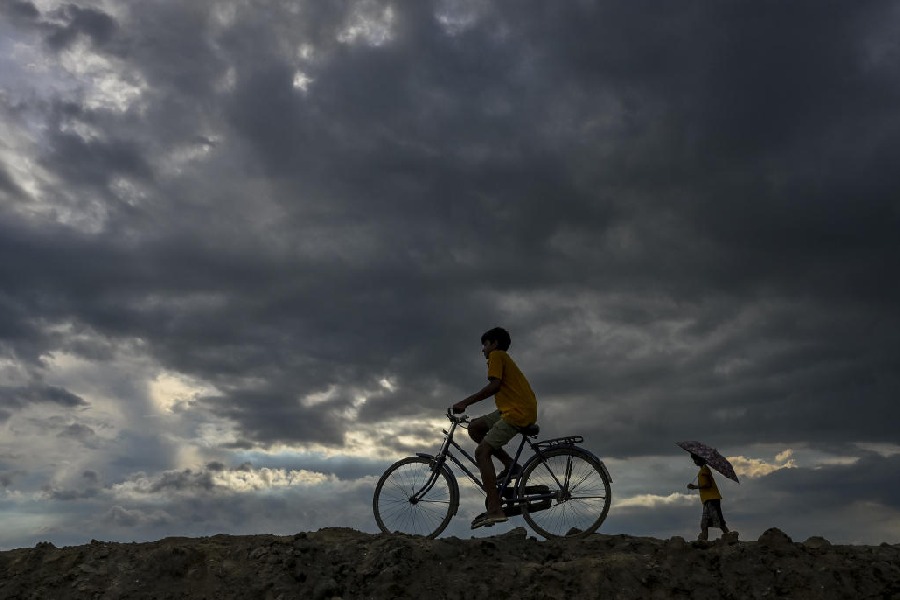
This year Friendship Day was followed by Raksha Bandhan the very next day. Not consumerist, as some people thought, but some deep cosmic logic ruled this concatenation of events.
It was only appropriate that it should be so. In this age of globalisation, what is more fitting for an event invented, or at least hard-sold, by the American greetings card industry in the 1920s, initially resisted because of its obvious commercial intent, to be followed by another event observed through the centuries according to ancient Indian tradition? But more important, these two events taken together may symbolise the world: in other words, the beginning and the end of one’s relationship status.
These days, when all Days look the same, when all days are Days to start with, Friendship Day may well be a surrogate of Valentine’s. I know it was; I happened to hear Class X students, a mixed-gender group, talking. Their problem was this: Friendship Day is different from Valentine’s Day, but how? On Friendship Day, too, they went out and did the same things, in a group, as some of the conservative parents – sad creatures, them! – still do not officially allow their school-going progeny to “date”. However, Friendship Day this year was followed by a fear that would not trail Valentine’s day.
For Rakhi brings love, hope and joy to brothers, but a sense of dread to another species of males. It is the day to turn ineligible suitors into “brothers”, when a young woman can force a rakhi on his wrist and brutally kill young love.
The original occasion of Rakhi, according to one account of Hindu mythology, started with Yamuna, the river-sister of the god of death Yama, tying a holy thread around her busy brother’s wrist and promising to do this every year to ensure she saw more of him. (This is also said to be the origin of Bhaiya Duj and Bhai Phonta.) But subsequently Rakhi has been used to serve other, sometimes noble, purposes. Tagore organised Raksha Bandhan to broker communal peace between Hindus and Muslims. On the other hand an apocryphal account claims Rani Karnavati sent a rakhi to Mughal emperor Humayun to protect her kingdom from Bahadur Shah.
No source explains when the dreaded tradition of making a brother out of a man began. But it is time-honoured, in Bengal too.
Legend has it that in the days of yore, when female students were a rarity in engineering colleges, all boys kept away from the few girls. The boys lurked in the distance during break and ran away whenever a girl seemed to be approaching them. A paranoid young engineering student, just to avoid being “brothered”, even absented himself from college on Rakhi day.
That the same fear still stalks young men was evident from a WhatsApp video I received on Rakhi morning. To the accompaniment of spooky music, a female shape seemed to emerge at the end of a corridor at the beginning of which sat a young man, crouching, unable to move, paralysed by impending doom. “Woh aa rahi hain,” screamed the text, as the music turned shriller, and the shape approached slowly, swaying dementedly, but inevitably – and voila! She “rakhi’d” him. No escape. Massacre. “69 boys are getting brozoned every year!” The video stated. It was all over.
I saw the same fear in the eyes of some of the boys in that mixed group of Class X, who did not have a plan of action on Friendship Day. But they will have to deal with life. It is full of contradictions and complexities. Tuesday, which was Baishe Shraban, Tagore’s death anniversary, was also announced as World Cupcake Day on WhatsApp!










